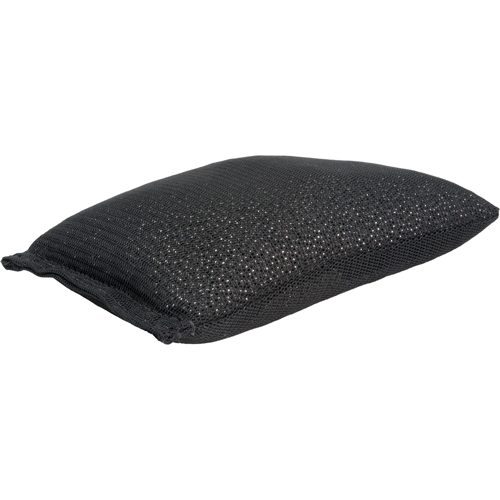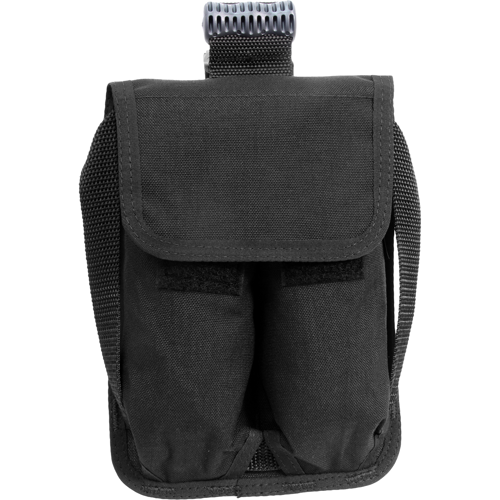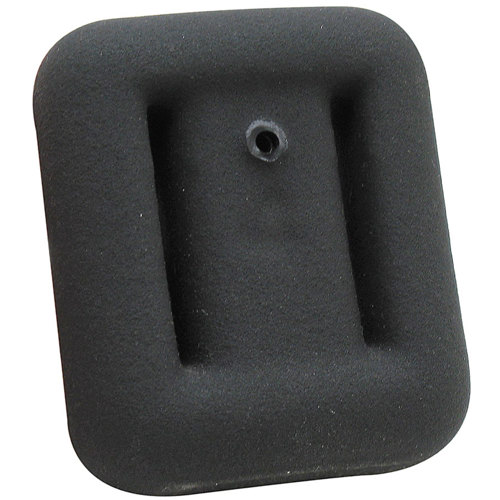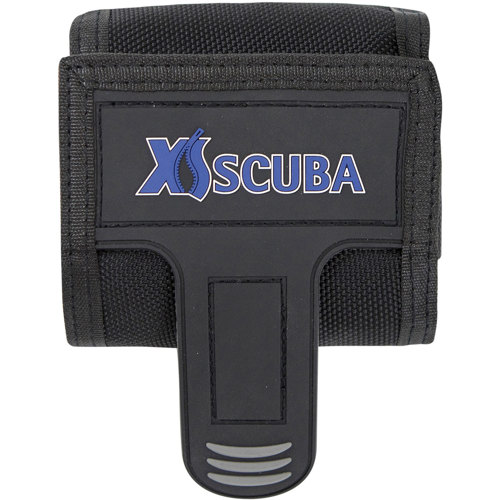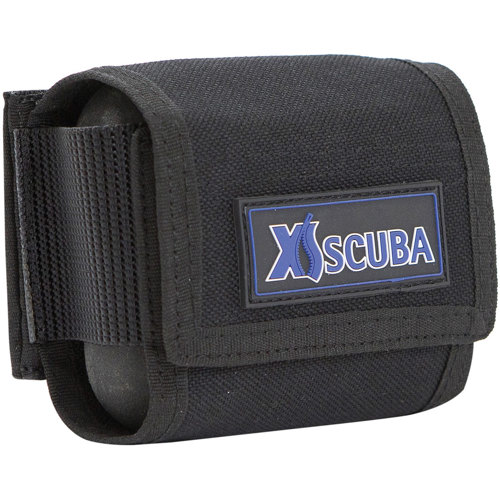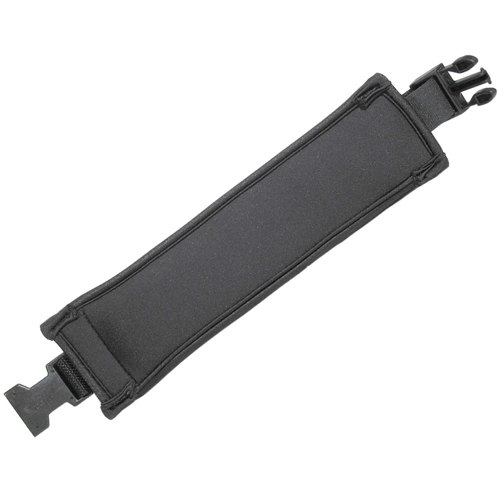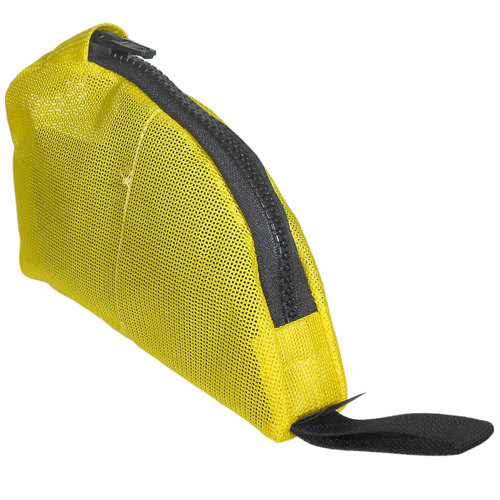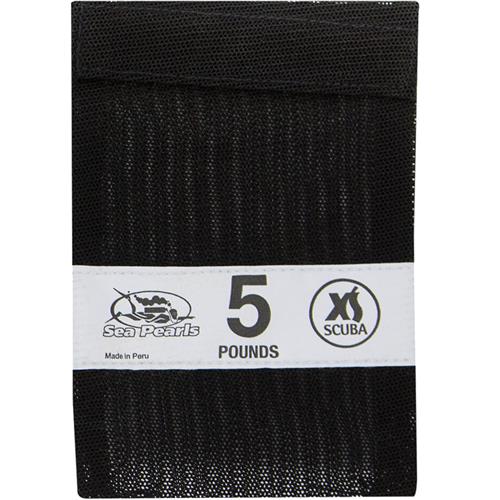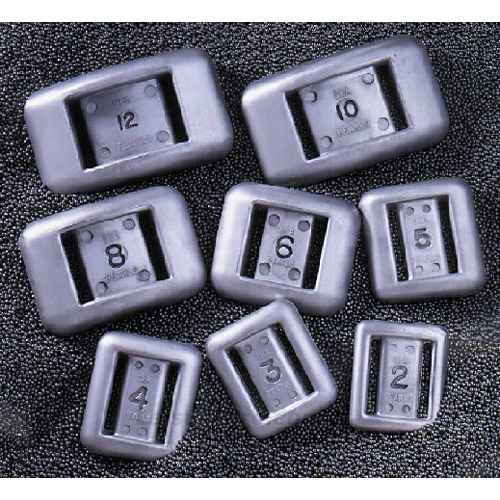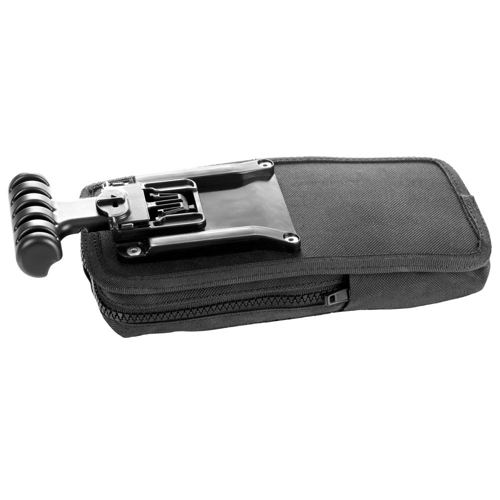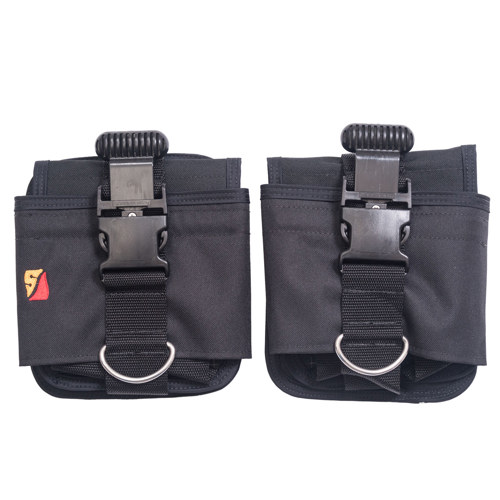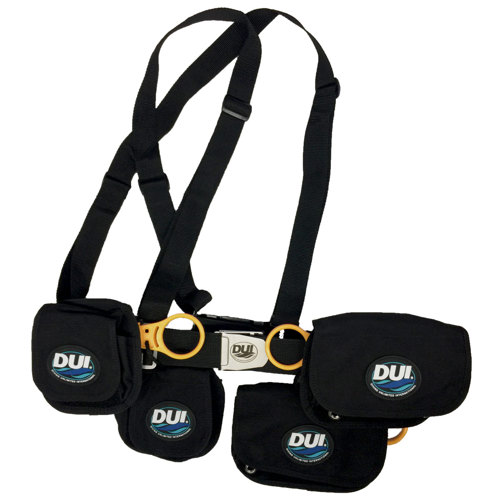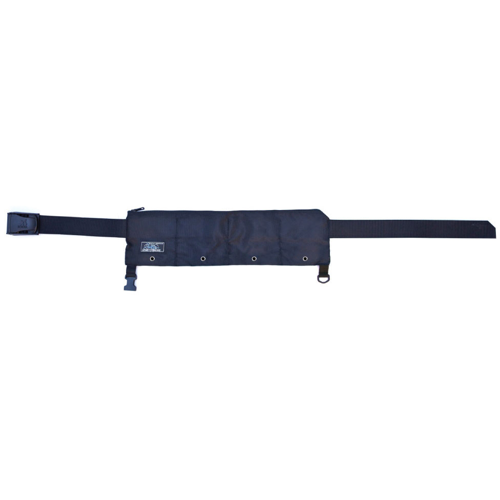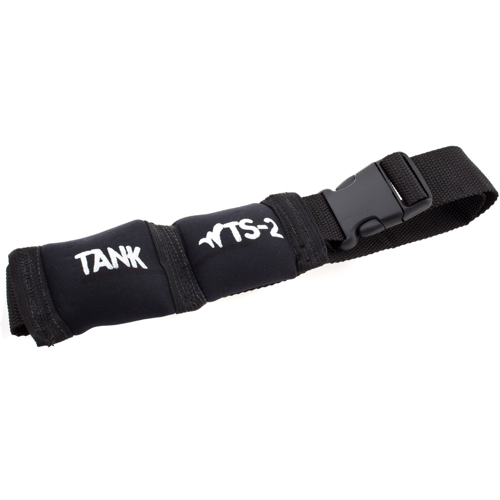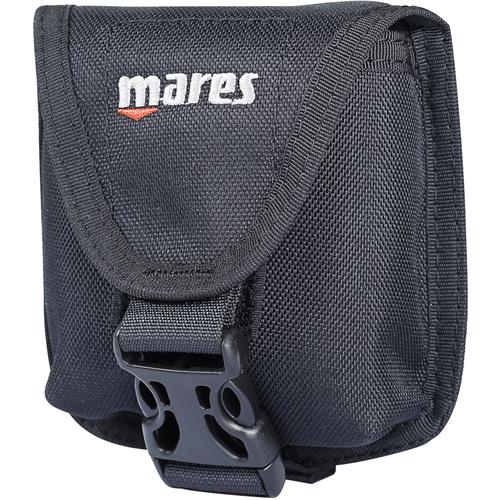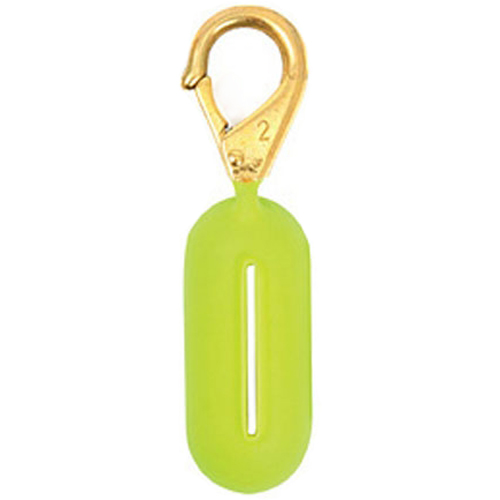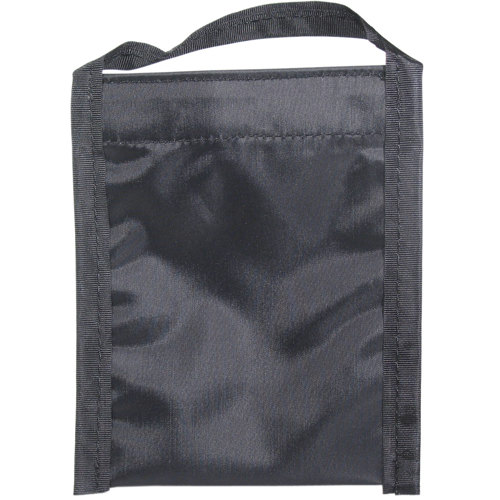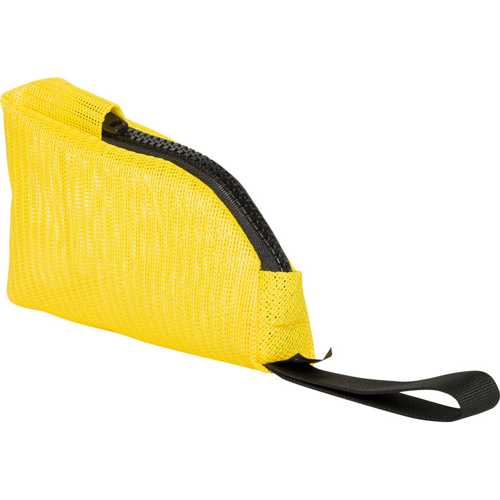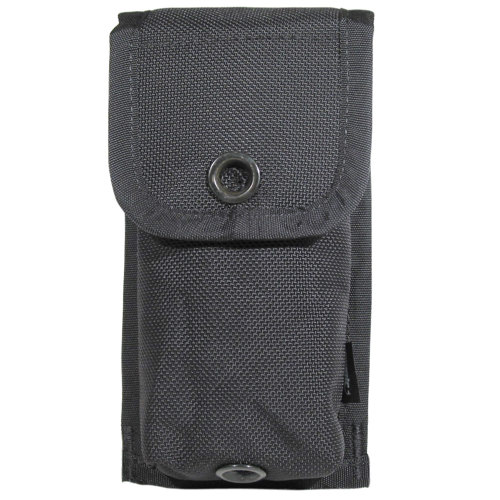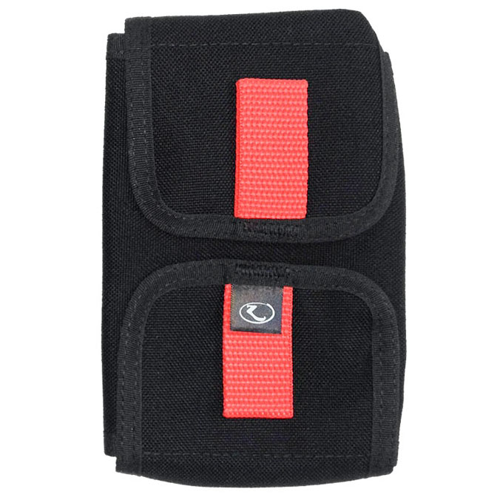Diving weights are a fundamental piece of equipment for anyone starting out in scuba diving, playing a crucial role in helping divers achieve neutral buoyancy beneath the waves. For beginners, understanding how to select the right amount and type of weight is essential for both safety and comfort. The process is more nuanced than simply picking up a set of weights and heading to the water; it involves careful consideration of factors like the type of water you’ll be diving in, the thickness of your wetsuit, your own body composition, and the gear you plan to use. For instance, diving in saltwater requires more weight than freshwater because saltwater increases buoyancy, while thicker wetsuits and additional gear add even more lift that needs to be counteracted. Many new divers are surprised to find that the right amount of weight is often determined through trial and adjustment, starting with a general guideline—such as 6-8% of body weight for freshwater dives and 8-10% for saltwater—and then fine-tuning after a buoyancy check in shallow water with a dive instructor. This hands-on process can be a memorable part of early dive training, as you learn to float calmly at eye level on the surface, exhale, and feel yourself gently sink, signaling you’ve found that perfect balance.
For those just beginning their underwater journey, diving weights can be an excellent and practical gift, especially as the summer months of August bring warmer waters and more opportunities to explore local lakes, reefs, and coastal sites. New divers often appreciate the comfort and confidence that comes with owning their own set of weights, tailored to their needs and preferences. Whether you’re gearing up for your first open water certification or planning to join a group of friends for a snorkeling adventure, the right weights can make a world of difference in your experience. Some divers prefer traditional hard weights, while others opt for more ergonomic options like soft weights, which can be more comfortable for extended use and easier to pack for travel. For those interested in exploring these alternatives, our page on
Soft Weights For Diving offers additional insights into the benefits and uses of this style of weight. Regardless of the type, it’s important to ensure your weights are compatible with your belt or integrated weight system, and that they can be easily released in an emergency—a detail that becomes second nature with practice but is vital for safety.
As you gain experience, you’ll develop a personal routine for assembling your gear and checking your buoyancy before each dive. Many seasoned divers recall their first few outings, adjusting weights at the shore or off the back of a boat, sometimes needing a little extra or removing a pound or two after a test float. These small rituals become part of the adventure, adding to the anticipation as you prepare to slip beneath the surface and explore a world transformed by sunlight and water. For beginners, investing in the right set of diving weights is not just about achieving neutral buoyancy—it’s about building confidence, ensuring safety, and laying the groundwork for a lifetime of underwater exploration. Whether you’re shopping for yourself or selecting a thoughtful gift for a new diver, the right weights are an investment in countless future dives, each one a new opportunity to discover the beauty and tranquility of the underwater realm.
Top Picks For Diving Weights For Beginners

